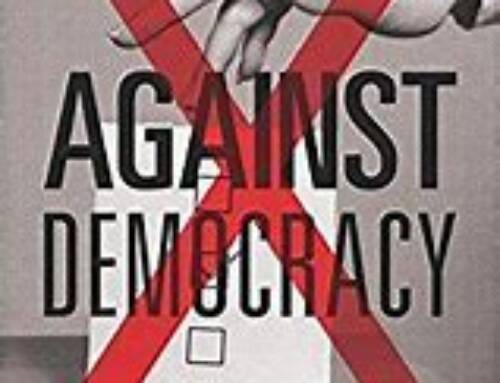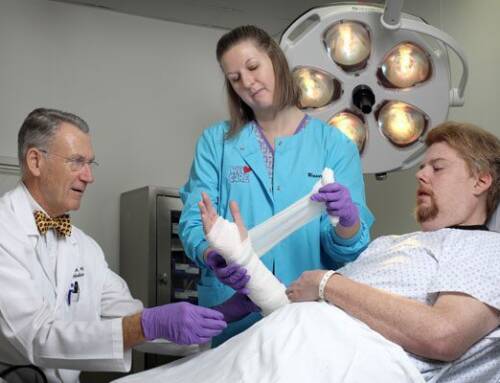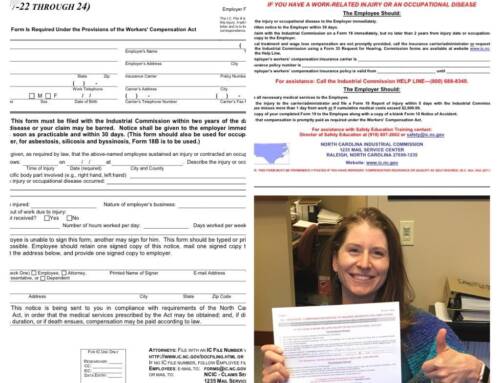Today’s post comes from guest author Charlie Domer from The Domer Law Firm.
Recent article indicates some public health departments are offering incentives to create smoke-free policies in buildings. The idea is to reduce the exposure to second-hand smoke.
While substantial strides have been made in many states to provide both smoke-free public places and smoke-free workplaces, the dangers of secondary smoke inhalation remain. In Wisconsin, a case I handled established the compensability of secondary inhalation [Kufall v. Wisconsin Bell, Inc. WC Claim No. 88-000676 (Labor and Industry Review Commission, December 11, 1990]. In that case, Wisconsin Bell refused to provide a smoke-free environment for a worker who had a specific tobacco allergy, despite her several efforts and requests to be free of secondary smoke.
Ms. Kufall was entitled to claim a Loss of Earning Capacity for her permanent allergy to tobacco smoke
Because the employer could or would not provide such an environment, Ms. Kufall was entitled to claim a Loss of Earning Capacity for her permanent allergy to tobacco smoke, based upon the number of workplaces from which she would be precluded from working because of such exposure. Benefits are also payable for lost time and for Permanent Partial Impairment to the lungs (based upon lung capacity diminution tests). Although many if not most workplaces are smoke-free, policies are often “honored in the breach” suggesting smokers are using hallways, bathrooms, and other public areas inside and outside the building, catch a quick smoke, often exposing co-employees to the dangers of secondary smoke inhalation.







